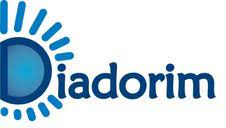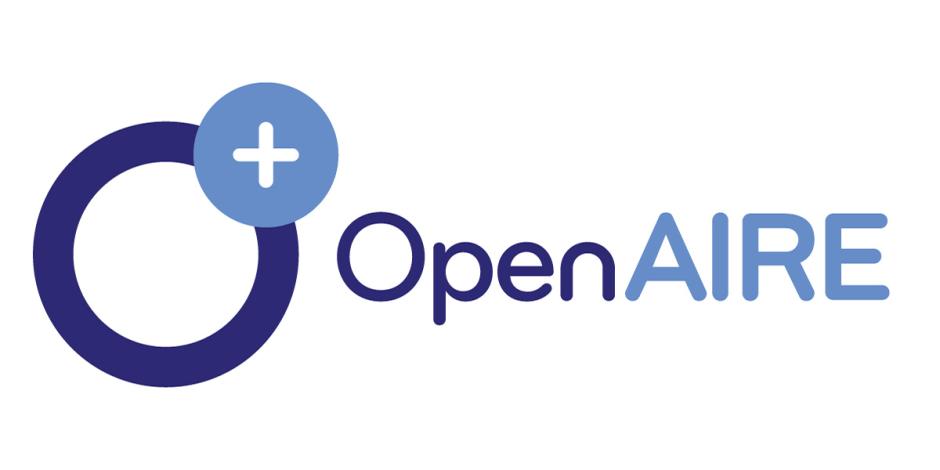Distribuição Livre Ideal da formiga-leão (Insecta, Neuroptera)
DOI:
https://doi.org/10.12741/2675-9276.v2.e014Palavras-chave:
Forrageamento ótimo, Myrmeleontidae, predador senta-espera, optimal foraging, predator sits-waitingResumo
As larvas de formiga-leão Myrmeleon brasiliensis são insetos que constroem armadilhas em solo seco e arenoso para a captura de suas presas. O objetivo deste trabalho foi observar como os instares larvais de M. brasiliensis distribuem-se dentro de um modelo de Distribuição Livre Ideal. Neste trabalho foi observado que M. brasiliensis ao serem expostas à uma situação que simula um micro-habitat com manchas que recebem alimento e manchas que não recebem alimento, as larvas de todos os instares ocuparam todo o espaço, independente da maior ou menor oferta de alimento. A ocorrência de canibalismo e construção de uma armadilha afastada das larvas vizinhas foram os fatores que guiaram a distribuição das larvas M. brasiliensis.
Downloads
Referências
ARNETT, A.; GOTELLI, N. Pit-building decisions of larval ant lions: effects of larval age, temperature, food and population source. Journal of Insect Behavior, v. 14, n. 1, p. 89–97, 2001. DOI: https://doi.org/10.1023/A:1007853730317
ALCALAYA, Y.; BARKAEA, E. D.; OVADIA, O.; SCHARF, I. Consequences of the instar stage for behavior in a pit-building antlion. Behavioural Processes, v. 103, p. 105-111, 2014. DOI: https://doi.org/10.1016/j.beproc.2013.11.009
BIRO, P. A.; POST, JR.; PARKINSON, E. A. From individuals to populations: prey fish risk-taking mediates mortality in whole-system experiments. Ecology, v. 84, n. 9, p. 2419-2431, 2003. DOI: https://doi.org/10.1890/02-0416
CROWLEY, P. H.; LINTON, M. P. Antlion foraging: tracking prey across space and time. Ecology, v. 80, n. 7, p. 2271-2282, 1999. DOI: https://doi.org/10.1890/0012-9658(1999)080[2271:AFTPAS]2.0.CO;2
CLAESSEN, D.; ROOS, A. M.; PERSSON, L. Dwarfs and giants: cannibalism and competition in sizestructured populations. American Naturalist, v. 155, n. 2, p. 219-237, 2000. DOI: https://.org/10.1086/303315
FRETWELL, S. D.; LUCAS, H. L. On territorial behavior and other factors influencing habitat distribution in birds. Acta Biotheoretica, v. 19, p. 16-36, 1970. DOI:
https://doi.org/10.1007/BF01601953
FRANKS, N. R.; WORLEY, A.; FALKENBER, M.; SENDOVA-FRANKS, A. B.; CHRISTENSEN, K. Digging the optimum pit: antlions, spirals and spontaneous stratification. Proceedings of the Royal Society B, v. 286, p. 20190365, 2019. DOI: https://doi.org/10.1098/rspb.2019.0365
FARJI-BRENER, A. G.; JUNCOSA-POLZELLA, A. S.; TEJADA, D. M.; CENTENO-ALVARADO, D.; HERNÁNDEZ-SOTO, M.; SOTO-HUAIRA, M.; GUTIÉRREZ-CRUZ, S. Disadvantages of living in a populous neighborhood for sit-andwait predators: competition for space reduces pit-trap size in antlion larvae. Ethology, v. 126, n. 6. p. 1-7, 2020. DOI: https://doi.org/10.1111/eth.13079
GOTELLI, N. J. Ant Lion zones: causes of high-density predator aggregations. Ecology, v. 74, n. 1, p. 226-237, 1993. DOI: https://doi.org/10.2307/1939517
GOTELLI, N. J. Ant community structure: effects of predatory ant lions. Ecology, v. 77, n. 2, p. 630-638, 1996. DOI: https://doi.org/10.2307/2265636
LUCAS, J. R. The biophysics of pit construction by antlion larvae (Myrmeleon, Neuroptera). Animal Behavior, v. 30, n. 3, p. 651-664, 1982. DOI: https://doi.org/10.1016/S0003-3472(82)80135-8
LUCAS, J. R. Metabolic rates and pit-construction costs of two antlion species. Journal of Animal Ecology, v. 54, n. 1, p. 295-309, 1985. DOI: https://doi.org/10.2307/4639
LOEHLE, C. Conditional choice model of habitat selection explains the source-sink paradox. Ecological Modelling, v. 235/236, p. 59-66, 2012. DOI: https://doi.org/10.1016/j.ecolmodel.2012.03.037
LIMA, T. N.; LOPES, F. S. Effect of density, disturbance and food on displacement of the Myrmeleon brasiliensis (Navás, 1914) (Neuroptera, Myrmeleontidae). Ecología Austral, v. 26, n. 2, p. 166-170, 2016. DOI: https://doi.org/10.25260/EA.16.26.2.0.168
LIMA, T. N.; FREIRE, L. G.; LIMA, D. C. A. Effect of asymmetric competition on distance among Myrmeleon brasiliensis (Návas, 1914) (Neuroptera: Myrmeleontidae) larvae. Acta Scientiarum Biological Sciences, v. 41, e45871, 2019. DOI: https://doi.org/10.4025/actascibiolsci.v41i1.45871
LOMÁSCOLO, S.; FARJI-BRENER, A. G. Adaptive short-term changes in pit design by antlion larvae (Myrmeleon sp.) in response to different prey conditions. Ethology Ecology & Evolution, v. 13, n. 4, p. 393-397, 2001. DOI: https://doi.org/10.1080/08927014.2001.9522770
MISSIRIAN, G. B.; UCHÔA-FERNANDES, M. A.; FISCHER, E. Development of Myrmeleon brasiliensis (Navás) (Neuroptera, Myrmeleontidae), in laboratory, with different natural diets. Revista Brasileira de Zoologia, v. 23, n. 4, p. 1044-1050, 2006. DOI: https://doi.org/10.1590/S0101-81752006000400009
MILER, K.; YAHAYA, B.; CZARNOLESKI, M. Different predation efficiencies of trap-building larvae of sympatric antlions and wormlions from the rainforest of Borneo. Ecological Entomology, v. 43, n. 2, p. 255-262, 2018. DOI: https://doi.org/10.1111/een.12495
NONATO, L. M.; LIMA, T. N. El comportamiento de predación de los estadios larvales de Myrmeleon brasiliensis (Neuroptera, Myrmeleontidae). Revista Colombiana de Entomología, v. 37, n. 1, p. 354-356, 2011.
OVADIA, O.; SCHARF, I.; BARKAE, E. D.; LEVI, T.; ALCALAY, Y. Asymmetrical intra-guild predation and niche differentiation in two pit-building antlions. Israel Journal of Ecology and Evolution, v. 66, n. 1/2, p. 82-90, 2020. DOI: https://doi.org/10.1163/22244662-20191067
RUDOLF, V. H. The influence of size-specific indirect interactions in predator-prey systems. Ecology, v. 87, n. 2, p. 362-371, 2006. DOI: https://doi.org/10.1890/05-0961
SCHARF, I.; OVADIA, O. Factors influencing site abandonment and site selection in a sit-and-wait predator: a review of pit-building antlion larvae. Journal Insect Behaviour, v. 19, n. 2, p. 197-218, 2006. DOI: https://doi.org/10.1007/s10905-006-9017-4
SCHARF, I.; BARKAE, E. D.; OVADIA, O. Response of pit-building antlions to repeated unsuccessful encounters with prey. Animal Behaviour, v. 79, n. 1, p. 153–158, 2010. DOI: https://doi.org/10.1016/j.anbehav.2009.10.017
TREGENZA, T. Building on the ideal free distribution. Advances in Ecological Research, v. 26, p. 253-302, 1995. DOI: https://doi.org/10.1016/S0065-2504(08)60067-7
Downloads
Publicado
Como Citar
Edição
Seção
Licença
Copyright (c) 2021 Autor(es)

Este trabalho está licenciado sob uma licença Creative Commons Attribution 4.0 International License.
Entomology Beginners é publicada sob o modelo de Acesso Aberto (Full Open Access) e, portanto, são gratuitas para qualquer pessoa ler, baixar, copiar e divulgar, nos termos da Creative Commons License - CC-By.


















